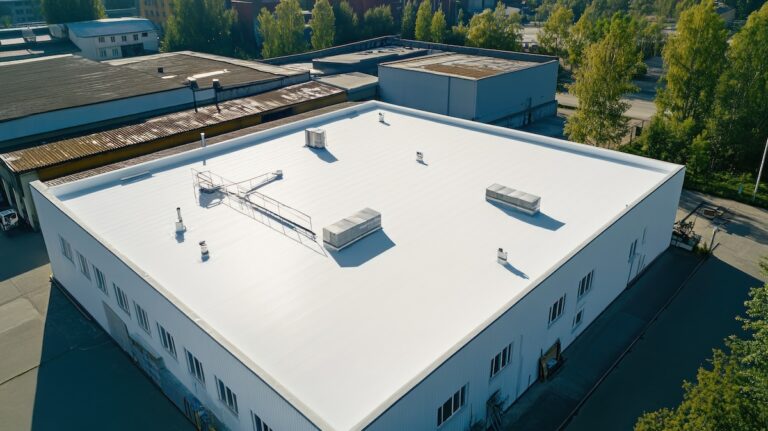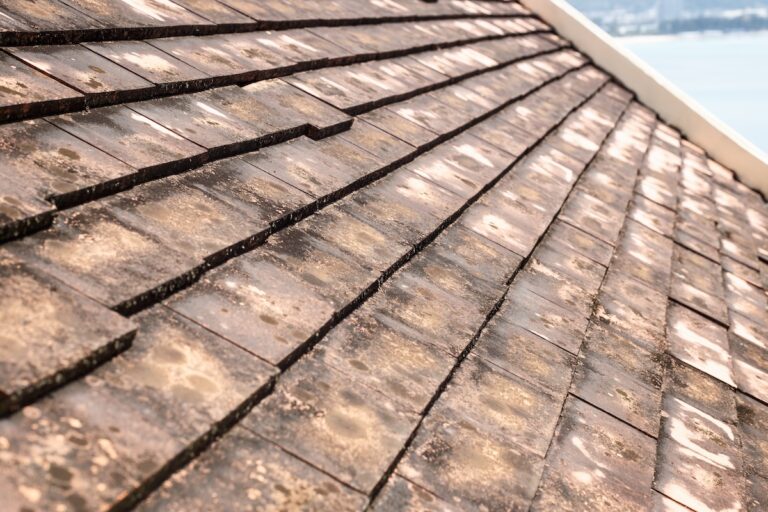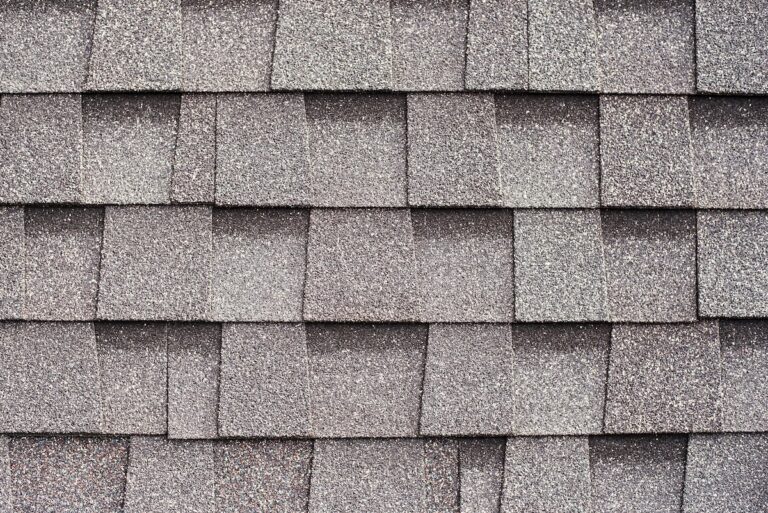Maintaining a commercial roof is a significant responsibility, especially when you’re tasked with ensuring the safety, efficiency, and longevity of the structure. Proper maintenance prevents costly repairs and potential disruptions to business operations. For building maintenance managers, having the right tools at your disposal makes the job not only easier but far more effective.
This blog post explores the key tools used in commercial roofing to help you stay on top of your building’s maintenance demands, whether it’s:
- Routine inspections
- Small repairs
- Larger-scale refurbishments
Understanding these commercial roofing tools can make all the difference in maintaining a high-quality roof.
Why Are Commercial Roofing Tools Important?
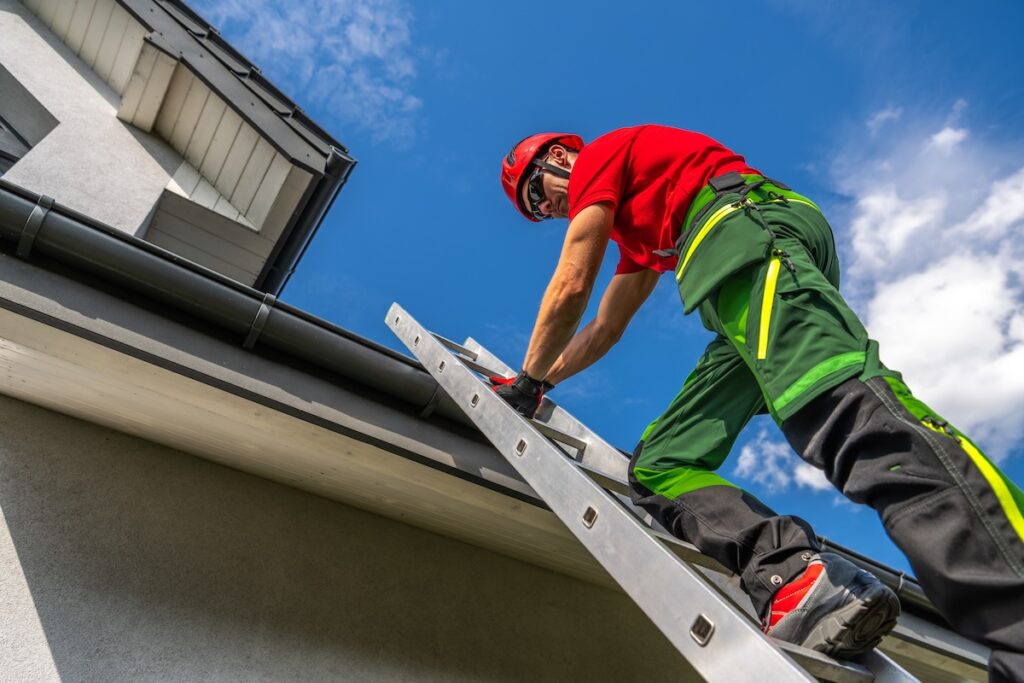
Commercial roofs are exposed to varying temperatures, heavy rainfall, wind, UV rays, and more. Over time, these environmental elements lead to wear and tear. Efficient roofing maintenance requires more than just an expert eye—it needs the right tools to ensure the work gets done correctly and safely. Here are some reasons why you must prioritize investing in quality tools:
- Efficiency: The right tools reduce the time and effort spent on roofing projects, enabling quicker completion of inspections and repairs.
- Accuracy: Advanced tools provide precise readings and measurements, helping you identify and address potential issues early.
- Safety: Roofing is inherently dangerous. Tools that enhance stability, grip, and visibility improve safety conditions for workers on site.
- Durability: Quality tools handle the demanding environments commercial roofs are exposed to, ensuring consistent performance over time.
To ensure your property stays protected, our commercial roofing experts can help you maintain your system using industry-grade tools and techniques.
The 5 Commercial Roofing Tools You Need To Have
Learn how this technology complements the TPO roofing installation process for better long-term performance. Now, let’s look at the essential tools every building maintenance manager should know about.
1. Inspection Tools
Before performing any work on a commercial roof, inspections are crucial to identify problem areas. These tools are critical for a successful assessment:
Drones with High-Resolution Cameras
Drone technology has revolutionized roof inspections. Using drones equipped with high-resolution cameras allows you to monitor large commercial roofs in just minutes. You can easily detect cracks, water pooling, or other issues while avoiding the risks of climbing.
Infrared Thermographic Cameras
Infrared cameras are essential for identifying hidden moisture and leaks beneath the roofing membrane. These cameras measure surface temperature variations, revealing areas where water may have entered and compromised the insulation.
Moisture Meters
After spotting suspicious areas, moisture meters help confirm the presence of water. These handheld devices can measure moisture levels in insulation and roofing substrates.
2. Roofing Installation and Repair Tools
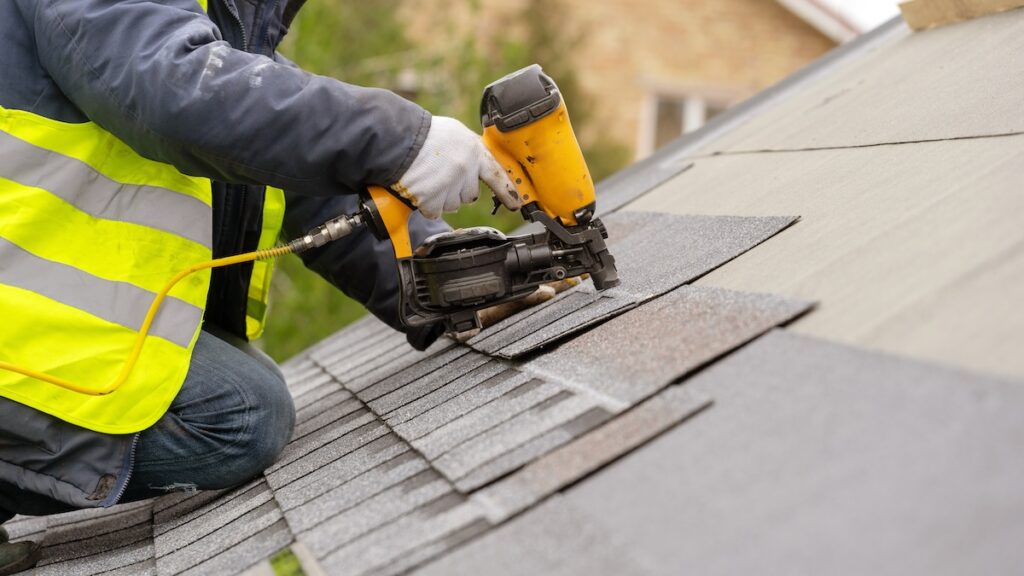
Carrying out repairs or installing new roofing material often requires specialized tools. Here are the must-haves for tackling these jobs:
Roof Cutters
Designed specifically for cutting roofing materials like wood, asphalt, or metal, roof cutters come in handheld or power-saw forms. The right roof cutter speeds up the process without creating jagged edges or uneven cuts.
Seam Rollers
When working with TPO (Thermoplastic Polyolefin) or EPDM (Ethylene Propylene Diene Monomer) membranes, seam rollers ensure smooth, even seams. This helps improve adhesion and the roof’s overall integrity.
Fasteners and Nail Gun
Roof fasteners are essential for securing insulation boards and other materials to the substrate. A pneumatic nail gun can save significant time, ensuring proper fastening of materials in a consistent manner.
3. Maintenance Tools
Regular maintenance is critical for keeping commercial roofs in optimal condition. These tools will be a core part of your toolkit:
Power Washers
Debris, dirt, moss, and algae can accumulate on commercial roofs, leading to potential damage over time. Power washers are essential for cleaning away these contaminants during routine maintenance.
Patch Kits
Roof patch kits include adhesives and materials for repairing small punctures or tears in the roofing membrane. They’re compact, portable, and ideal for quickly addressing minor issues.
Roof Brushes
For non-invasive debris clearing, heavy-duty roof brushes are a must. Use them for sweeping leaves, dirt, or dead branches off your roof without damaging the membrane.
Debris Bags
After cleaning a commercial roof, proper disposal of debris is essential. Heavy-duty debris bags or bins designed for rooftop use help keep work areas organized and safe.
4. Safety Tools
At G. Cannon, our commercial roofing services include strict adherence to OSHA standards and the use of the latest safety tools to ensure every project is completed efficiently and securely. The safety of on-site workers is non-negotiable. Use these tools to create a safe and secure working environment:
Personal Fall Arrest Systems (PFAS)
A complete PFAS includes a harness, anchor point, and lifeline. It significantly minimizes risks of injury when working on sloped or high commercial roofs.
Roof Guardrails
Roof guardrails protect workers from unintentional falls. Temporary, portable guardrails are an easy addition to roofing sites needing extra precautions.
Ladders and Ladder Stabilizers
Durable and adjustable ladders are required to safely access different areas of the roof. Stabilizers add an extra layer of safety by preventing slips or falls.
First Aid Kit
An OSHA-approved first aid kit is essential for handling on-the-job injuries. Roofing tasks come with several hazards, so always have basic medical supplies readily available.
5. Advanced Roofing Equipment
For larger commercial roofing projects or jobs requiring specialist equipment, these advanced tools are game changers.
Automatic Welders
Automatic welders are used to fuse roofing membranes like TPO and PVC. These advanced machines make large-scale projects faster and more efficient.
Hoisting Equipment
Heavy roofing materials, such as insulation boards or rolls, cannot be manually carried to the roof safely. Hoisting systems help lift materials efficiently.
Crane Attachments
For especially large commercial roofs or projects needing substantial materials, crane attachments make lifting even easier when hoists cannot handle the load.
Work With The Best In The Roofing Industry
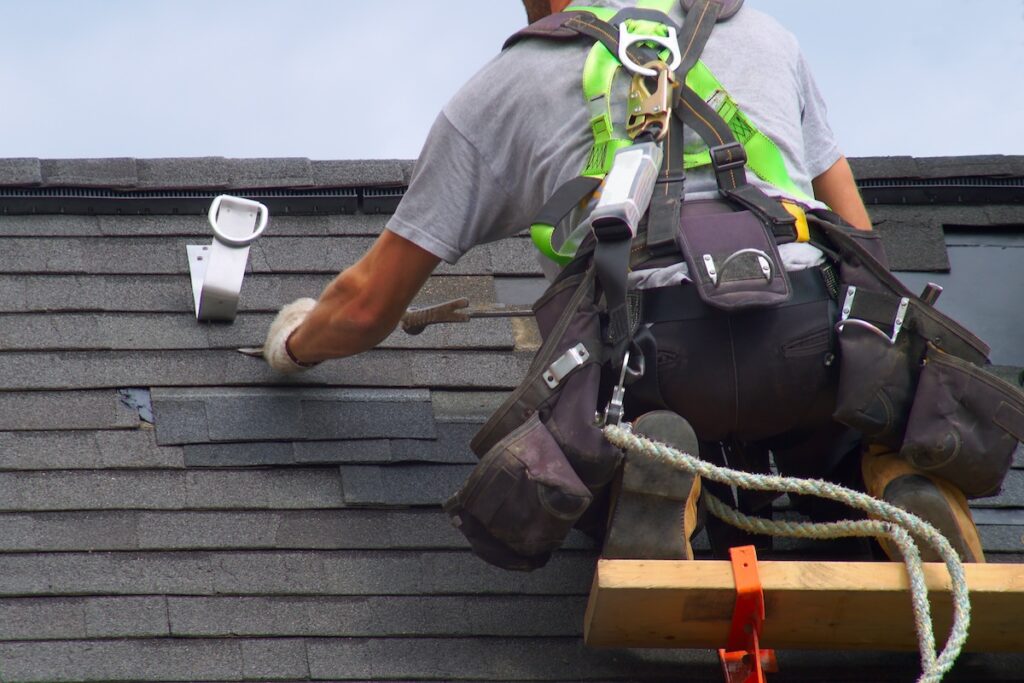
When it comes to managing commercial roofs, the right tools are the foundation of success. By investing in proper inspection, repair, safety, and maintenance tools, building maintenance managers are better equipped to protect their assets and ensure optimal performance over the long term. Learn more about flat roof materials and maintenance to keep your building protected and extend the life of your roofing system.
Looking for guidance or professional help on commercial roof maintenance? At G. Cannon, we partner with businesses to ensure their roofs remain in excellent condition anytime, rain or shine. Get in touch to learn how we can bring our expertise to your property!


